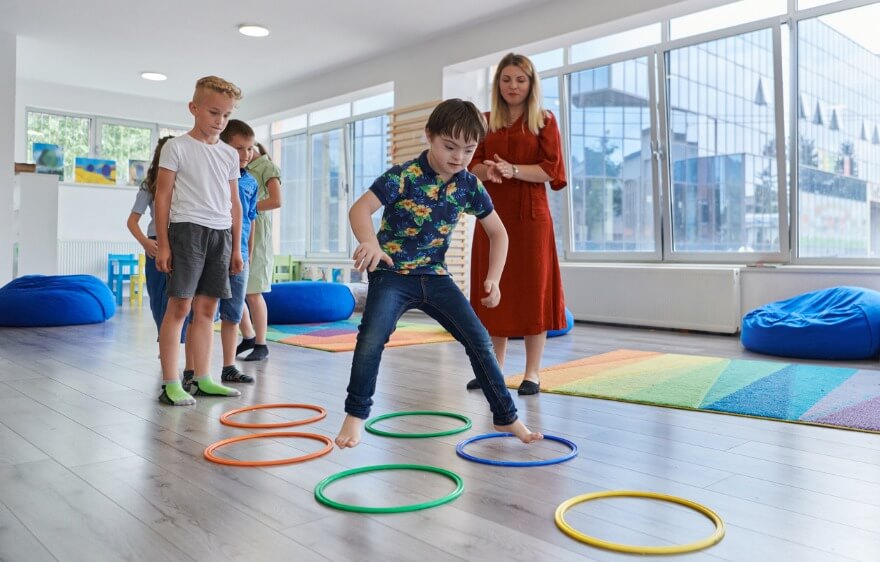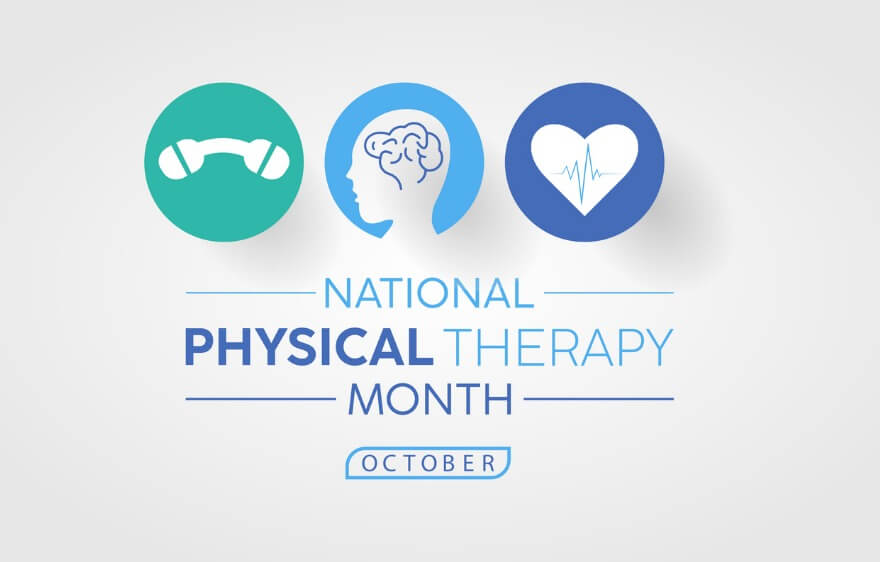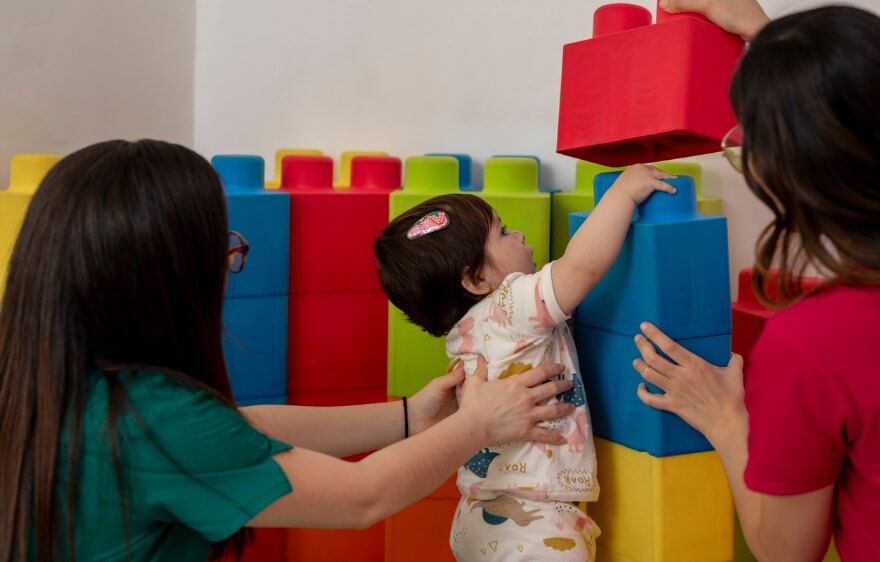Looking for innovative ways to support motor development in kids with serious challenges? Lately, there’s Looking for innovative ways to support motor development in kids with serious challenges? Lately, there’s been a growing appreciation for how early support can make a big difference in helping children with neurological and developmental challenges build stronger motor skills.
One promising approach in pediatric therapy is called dynamic movement intervention (DMI). Whether you’re a physical therapist looking to grow your toolkit or even a parent exploring new ways to support your child, understanding how DMI works — and how it can become part of everyday life — can be a truly empowering step forward.
This helpful and easy-to-understand guide will walk you through everything you need to know about dynamic movement intervention, from what it is to how it works, and how it can make a difference both in the clinic and at home.
What Is Dynamic Movement Intervention?
Dynamic movement intervention is a therapeutic approach designed to promote gross motor skills in children who have motor delays or neurological conditions. It is most commonly used with children who have diagnoses such as cerebral palsy, Down syndrome, genetic disorders, or global developmental delay, but it can also benefit children with other movement-related challenges.
At its core, dynamic movement intervention uses a series of structured, purposeful exercises to stimulate the central nervous system and encourage neuroplasticity. Through repeated exposure to specific movement patterns, children build the strength, coordination, and motor planning skills they need to gain greater independence in everyday movement.
DMI sessions are typically intense and highly individualized. A certified DMI practitioner evaluates the child’s current motor abilities and designs interventions that are both challenging and achievable. These interventions often involve rapid transitions, changes in body position, and graded levels of support to maximize engagement and growth.
How Dynamic Movement Intervention Works
The underlying principle of dynamic movement intervention is neuroplasticity — the brain’s remarkable ability to adapt and form new neural connections in response to experience and practice. When a child engages in targeted movement tasks, especially those just beyond their current abilities, it stimulates new pathways in the brain.
DMI works by presenting a series of progressive exercises that challenge postural control, balance, and alignment. For example, a therapist might guide a child through a controlled fall and recovery to teach them how to stabilize their body in space. Other exercises may include activities like crawling over obstacles, moving from sitting to standing, or reaching while maintaining balance.
DMI emphasizes repetition. A child may practice a particular movement pattern many times within a session, with small adjustments made to increase complexity or independence. This repeated effort builds motor memory and fosters long-term improvements.
Because DMI relies on dynamic and responsive movement rather than static positioning, it can be especially beneficial for children who need to learn how to move actively and safely in their environments. Each movement is intentional, with the goal of developing the foundational skills necessary for walking, climbing, and exploring.
Specific Techniques Used in DMI
Dynamic movement intervention sessions are hands-on and fast-paced. A therapist may complete between 100 and 300 exercises in a single session, adjusting based on the child’s needs and tolerance. The exercises are designed to be brief but impactful, usually lasting a few seconds each.
Some of the key techniques include:
- Graded support: The therapist offers varying levels of physical assistance, reducing support as the child becomes more capable of initiating and controlling movements on their own.
- Challenge-based progression: Tasks are deliberately designed to push children slightly beyond their comfort zone while remaining achievable. This “just right challenge” keeps the child engaged and promotes learning.
- Multi-planar movement: Exercises involve motion across different planes — forward and backward, side-to-side, and rotational — to ensure comprehensive development of motor control.
- Rapid transitions: Moving quickly between positions — such as from lying to sitting, or kneeling to standing — enhances the child’s ability to adapt to changing situations.
- Postural alignment focus: Proper body alignment is emphasized to create a strong base for movement. Correcting posture in real-time helps the child learn more efficient ways of moving.
All of these techniques are grounded in a deep understanding of child development and motor learning theory. DMI practitioners are trained to recognize subtle signs of progress and adjust their interventions accordingly.
How Physical Therapists Can Incorporate DMI Into Practice
For physical therapists, dynamic movement intervention can be a valuable addition to a well-rounded therapeutic approach. Incorporating DMI into existing practice begins with becoming certified in the technique, which includes both theoretical coursework and hands-on training.
Once trained, therapists can begin to apply DMI principles to their sessions. This might mean starting a session with a quick series of DMI exercises to activate the nervous system before transitioning into other functional tasks. Over time, DMI can become a central component of a therapist’s intervention plan, particularly for children who respond well to dynamic, engaging movement.
Therapists often find that dynamic movement intervention complements other methods such as neurodevelopmental treatment, constraint-induced movement therapy, and sensory integration. Its flexibility allows it to be adapted to different therapeutic settings, whether that’s a clinic, school, or in-home environment.
Documentation and goal-setting in DMI also align well with conventional physical therapy frameworks. Goals typically focus on improved mobility, better balance, and increased independence in functional tasks — all outcomes that are highly valued in pediatric rehabilitation.
DMI and Pediatric Therapy: Why It Matters
Children learn through movement. For those with motor delays or neurological conditions, traditional milestones like rolling, sitting, or walking may come slowly or with difficulty. Dynamic movement intervention offers a proactive way to support these children in reaching their potential.
In pediatric physical therapy, the appeal of DMI lies in its individualized, high-frequency nature. Each child receives targeted, meaningful practice tailored to their unique needs. The intensity of the intervention helps accelerate progress, and the variety of movements keeps sessions lively and engaging.
Parents often report seeing noticeable changes after just a few sessions of DMI. These might include improved head control, more purposeful movement, or a newfound ability to transition between positions. These small wins can lay the foundation for larger gains over time.
Dynamic movement intervention is also inherently positive. Children are not passively positioned or constrained. Instead, they are active participants, learning to navigate their environment and take charge of their own bodies. This fosters not just motor development but also confidence and joy in movement.
DMI in the Home Environment
One of the most empowering aspects of dynamic movement intervention is its potential for carryover into the home. While DMI sessions are typically led by trained therapists, families can be taught to support their child’s motor development through adapted exercises and play.
Therapists often provide parents with home programs that include simplified versions of the exercises done in therapy. These might involve encouraging a child to reach while seated on an unstable surface, or using cushions to create a small obstacle course for crawling.
Creating a DMI-friendly home environment means making space for movement. This could be as simple as having a soft mat on the floor for practice or using furniture to promote climbing and transitions. The goal is to encourage frequent, varied movement in a safe and supportive space.
Consistency is key. By incorporating DMI-inspired activities into daily routines, families can help reinforce the motor patterns and skills developed in therapy. Even just a few minutes a day can contribute to long-term progress.
At-Home DMI — Strategies for Success
Here are a few actionable tips for putting dynamic movement intervention into practice at home:
- Set up a safe movement space using foam mats, cushions, or rugs to allow your child to practice transitions like rolling, crawling, or sitting to standing.
- Incorporate movement into everyday activities, such as encouraging reaching for toys during playtime or practicing standing at the couch during story time.
- Create mini obstacle courses using pillows, step stools, or low furniture to challenge balance, coordination, and crawling paths.
- Use dynamic positioning by frequently changing your child’s posture throughout the day — go from sitting to side sitting, tall kneeling, or prone play.
- Follow your child’s lead and build on their interests to make DMI-inspired movements more fun and motivating.
- Document what works so you can track your child’s progress and adjust home activities with your therapist’s guidance.
With creativity, patience, and encouragement, the principles of dynamic movement intervention can easily become part of your family’s daily rhythm — turning small moments into powerful opportunities for growth.
Using Dynamic Movement Intervention to Help Children Thrive
Dynamic movement intervention is changing the way we think about motor development in children with neurological and developmental challenges. With its focus on active participation, targeted movement, and neuroplasticity, DMI offers a powerful path toward improved mobility and independence.
For therapists looking to expand their practice, dynamic movement intervention provides both structure and flexibility. It’s a tool that supports not only motor gains but also a deeper connection between the child and their environment.
By understanding how DMI works and how to bring it into everyday life, you can open the door to meaningful, joyful progress. And that’s what every child deserves — a chance to move, explore, and thrive.
At Care Options for Kids, our mission is to connect families with top-tier therapists to ensure the best results in pediatric therapy. By empowering outstanding professionals with the expertise, tools, and support they need, we work together to help children thrive and grow into their fullest potential.
Join the Care Options for Kids Team!
Are you ready for meaningful work that comes with benefits and not burnout? Join the compassionate care team that helps children and families live their best lives. Our clinicians provide best-in-class pediatric nursing, therapy, and school-based services. We bring individualized care to children where they live, work, and play. We have opportunities in homes, schools, and clinics across the country.
Apply at Care Options for Kids now. We make it easy to start so you can make a difference as soon as possible.






